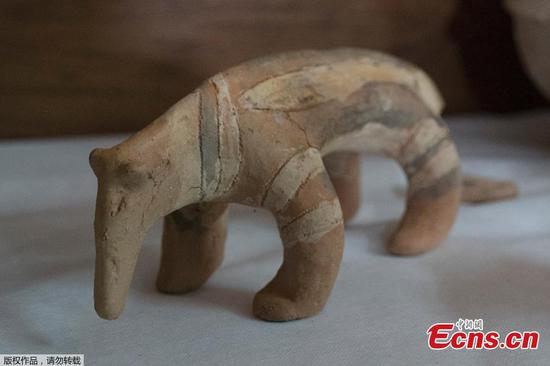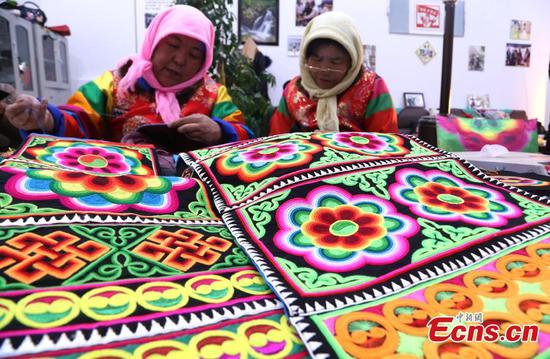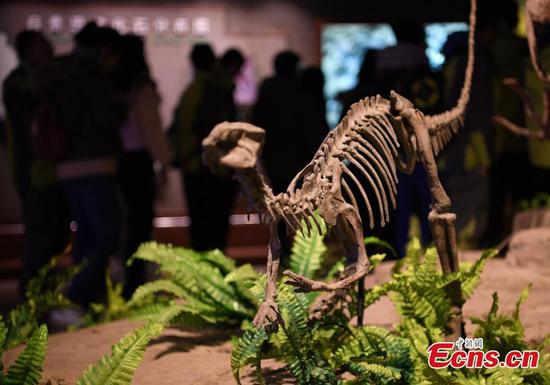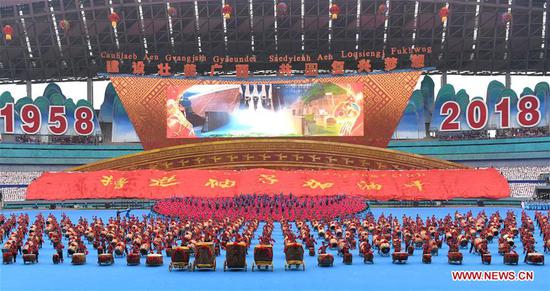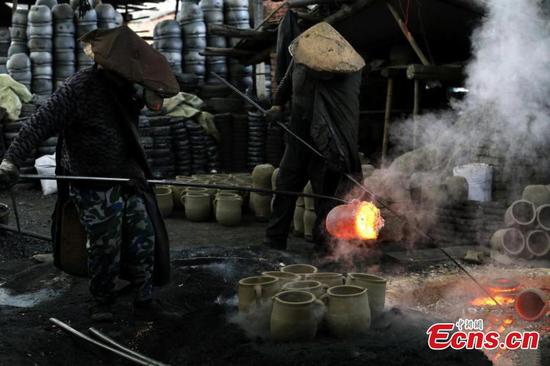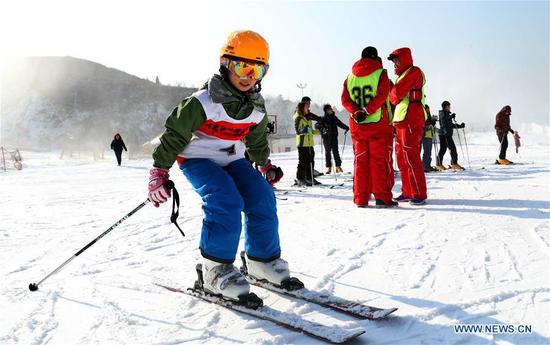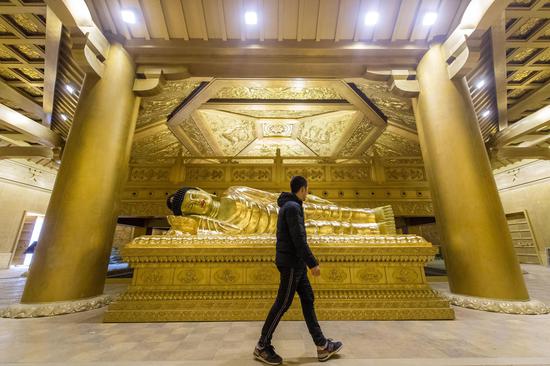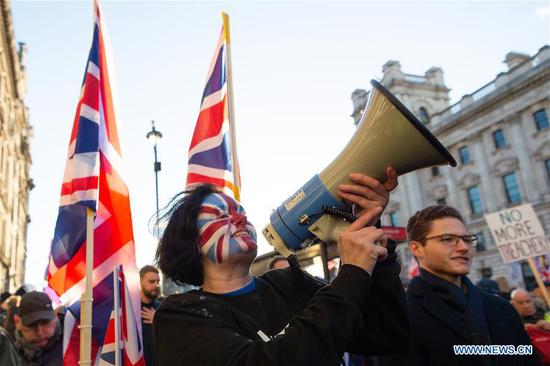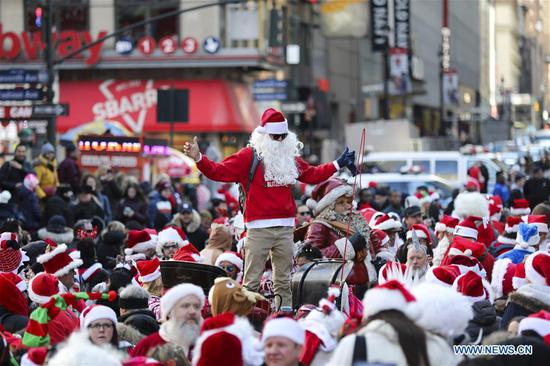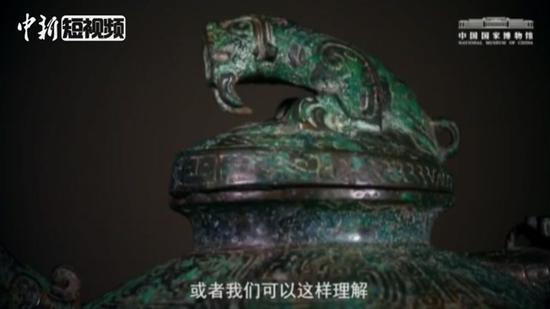
Two merchants looking at Baigou's future development plan at Baqigou City Planning Museum, Hebei province. At the end of November 2017, 12 clothing wholesale markets from the Beijing Zoo area, were moved to Tianjin, Hebei and other places. (Photo: China Daily/Wang Jing)
Beijing is home to fewer permanent residents and fewer migrant residents compared to last year, according to a blue paper on the city's population.
As of the end of 2018, Beijing is home to 21.71 million permanent residents, 22,000 fewer than the end of last year, and 7.94 million migrant residents, 132,000 fewer according to the document, which was jointly issued by the Beijing Population and Development Research Center and the Social Sciences Academy Press on Sunday.
Among Beijing's districts, Chaoyang is home to the most permanent residents with 3.74 million, followed by Haidian with 3.48 million. Chaoyang and Haidian are also home to the largest number of migrant residents, with a combined total close to three million, accounting for almost 40 percent of Beijing's total.
As far as education is concerned, almost a quarter of Beijing's population has received collegiate education, with about one-fifth having a bachelor's degree and five percent with a master's degree or higher.
However, the city also faces the challenge of an aging population. In 2017, those aged 65 and above in Beijing totaled 2.38 million, or 10.5 percent of the city's total population. In contrast, those aged 65 and above stood at only 1.71 million, or 8.7 percent of the total in 2010. What's more, the share of the working-age population aged between 15 and 64 also shrunk, from 82.7 percent in 2010 to 78.6 percent in 2017.
Beijing adopted policies to shift its noncapital functions to Xiongan New Area in Hebei province as part of the coordinated development plan for Beijing, Tianjin and Hebei, which was elevated to a national strategy level in 2014.
Since then Beijing has implemented stricter population-control measures such as increasing the threshold for getting a Beijing hukou (permanent household registration), shutting down wholesale markets, relocating industrial units, introducing a lottery for car licenses, and taking strict action against illegal buildings, which have effectively curbed the increase of immigrant population, and slowed down Beijing's population growth rate.












